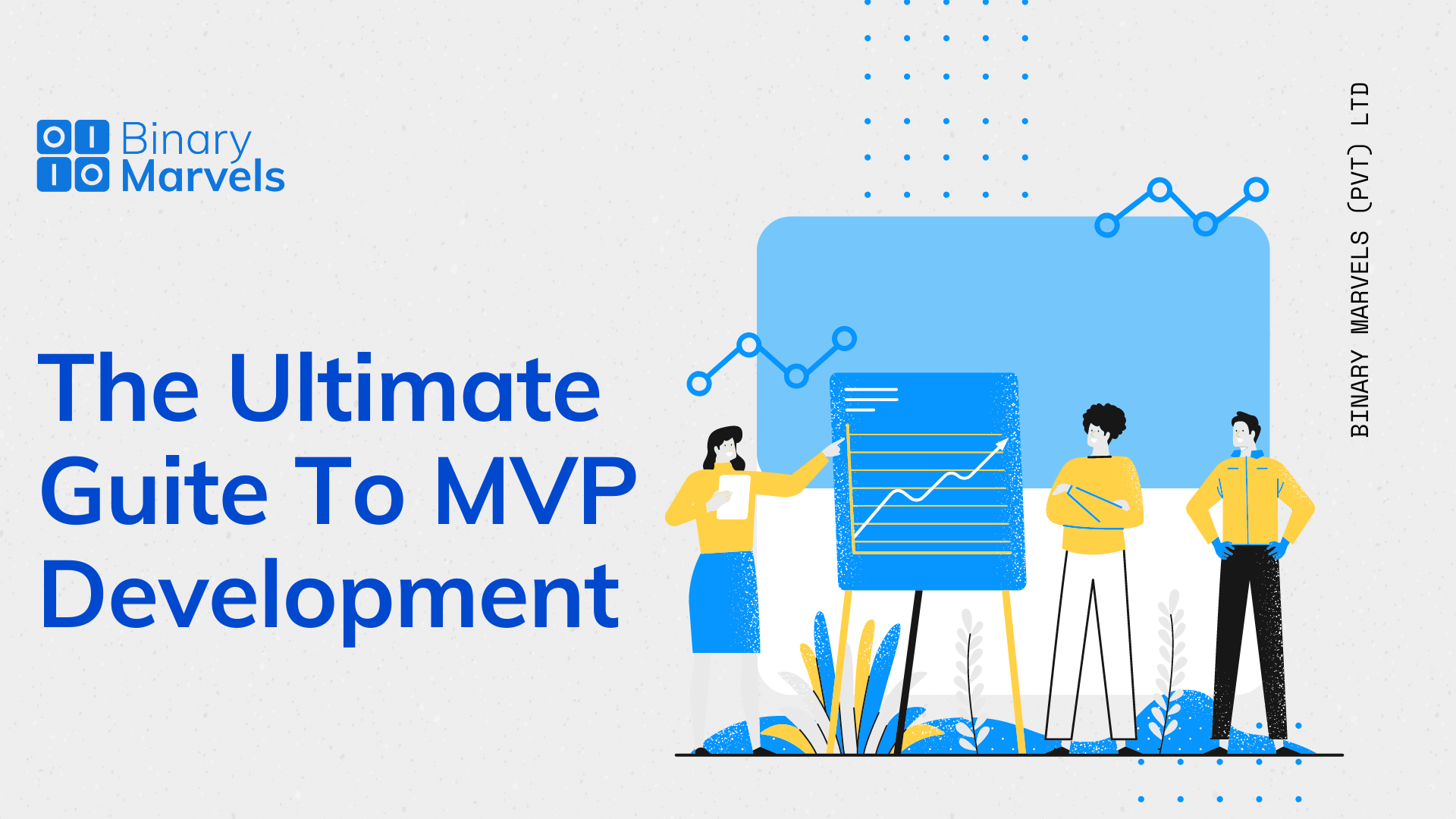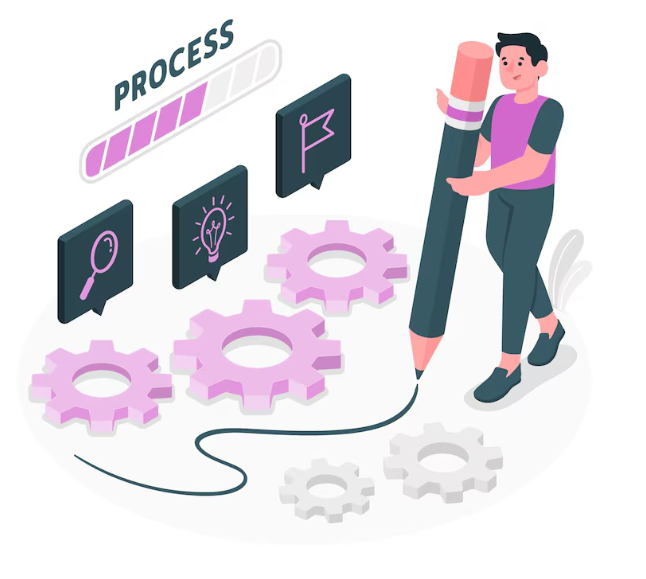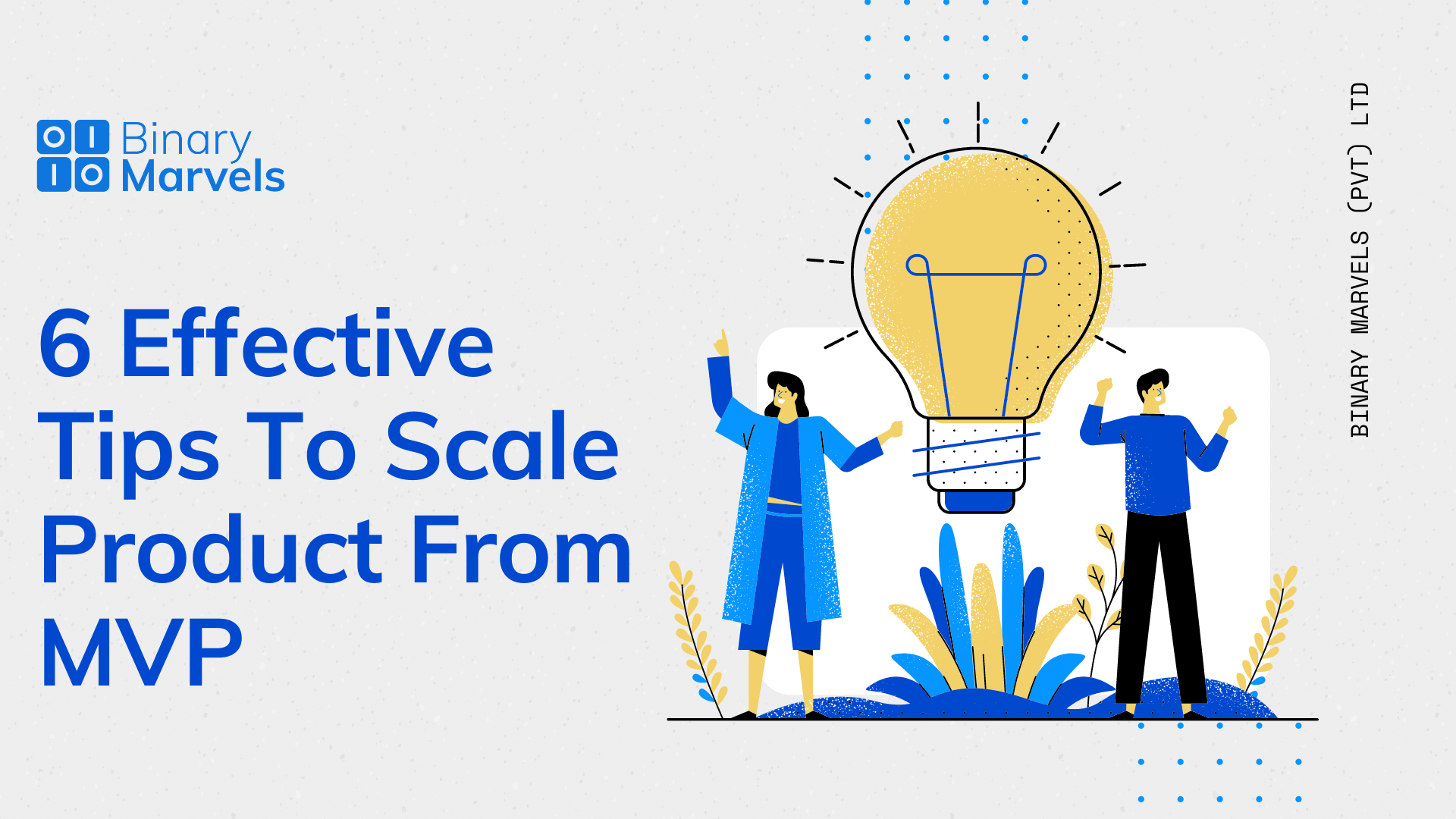
If you’re an entrepreneur building a web product, then MVP development is a crucial step in ensuring that your product can address a real customer need. While it’s common to have different ideas about what people need, an MVP can help close the gap and ensure you are building a product that meets customers’ requirements.
In this article, we’ll explore the essentials of MVP in web development, including the following:
- Understanding the difference between MVP, prototype, and PoC.
- How an MVP can help you reach your business goals.
- Building a quality MVP for your web system.
So, let’s dive in and explore the meaning of MVP in web development and how it differs from other concepts of an early-stage product.
What is a Minimum Viable Product in web development?
To understand the meaning of MVP in web development, it’s essential to know what it is not. An MVP is a market-ready version of a web product with core features that address a specific user need, such as ordering services or tracking invoices. The term “minimum” refers to the basic yet critical functionalities, while “viable” means that the web system is functional and sustainable enough for launch and user testing. However, it’s crucial to note that MVP is not a proof of concept or a prototype.
MVP is not a PoC
Proof of concept (PoC) is a testing and validation technique that demonstrates the feasibility and practicality of your product idea. It is not a market-ready product like MVP. PoC helps you determine if your product can be built, and it’s a preliminary stage of the development process.
Example: visualized redesign proposal for a legacy web application is an example of a PoC.
MVP is not a prototype
A prototype is essentially an early version of a product that a team uses to test a design concept or a particular technical approach. It can be considered an unrefined version that aims to become an MVP in the future.
Example: A clickable prototype of a telemedicine web application is an example of a prototype.
In the following section, we will discuss how to maximize the benefits of MVP in the web development industry.
Why do you need to create an MVP in web development?
In web development, creating an MVP is crucial to confirm the market demand for your product and test it in a real-world environment as quickly and inexpensively as possible.
Validate your idea with minimum investment
If you don’t have a large budget, it’s recommended to begin with an MVP and allocate only a portion of your funds toward building the first functional iteration of your web product. This way, you can use the remaining budget to expand and optimize your product based on feedback from early users, allowing you to better cater to their needs.
Make your mistakes less painful and costly
In the MVP stage, if you make a mistake or wrong assumption, it will be less costly to correct it than to rebuild a fully-fledged web system. Additionally, testing your tech and design choices at an early stage helps you avoid technical debt.
Learn your user and market, gather priceless feedback
The primary motive behind starting with an MVP for companies like Uber, Airbnb, and Spotify was to gauge the response of customers and gain insights from their feedback. This helps to identify what features to add or remove from the product.
Understand how to (re)build your product strategy
Launching your MVP early can provide valuable insights. Analyzing performance metrics, user feedback, and market response can help you refine your product strategy. You can evaluate whether you need to scale, expand to new platforms, or refocus on user segments you didn’t anticipate engaging with. Building an MVP allows you to answer these and other critical questions.
Outrun your competition
By beginning with an MVP and including only essential functionality, you can launch your web application or platform much faster and establish your presence in the market, whereas building a feature-rich web application or cloud-based platform from scratch could take up to six months or more.
Get more money
An MVP is not a haphazard prototype or a subpar version of your product. Instead, it’s a high-quality web system that has just enough functionality to address a specific user need. You can confidently launch it to your users and use it to seek investment opportunities from potential investors and partners. In fact, many MVP projects are investor-oriented.
The list of reasons to build an MVP goes on and on. It’s no surprise that virtually every groundbreaking product started out as an MVP. In the following section of this article, we will discuss HOW to build an MVP in web development while keeping your resources and budget in mind.
5 steps to build a Successful MVP in web development
Step 0. Gather a team and get it on board
To kickstart your project, it’s crucial to have the right people on board. If you’re new to web development, figuring out the necessary team members and how to organize them can be daunting. Check out our go-to guide on web development team structure for more information.
Step 1. Do your homework
The first and crucial step in creating an MVP in web development is conducting thorough research. You need to gather as much information as possible about the market, target audience, competitors, and technology.
Here are some of the things you should do during this stage:
- Conduct audience research to identify user needs, pains, and expectations.
- Analyze your market and competition to see what solutions already exist, how they work, and if there are gaps and opportunities to explore.
- Study technologies and industry practices in the niche to identify must-have features for your MVP and tools you could leverage.
- Define criteria and tools to analyze your MVP’s performance and success.
If you’re working on a brand new product from scratch or planning to launch an innovative solution that the market has never seen, it’s recommended to start with a Discovery project. This includes every research stage we’ve mentioned, as well as ideation, project roadmapping, and a detailed estimate.
Step 2. Prioritize features
Here are some techniques that you can use to manage product requirements:
- Start by defining the essential functionality and features that your MVP absolutely must have.
- Identify your unique value proposition and figure out how it fits into the scope. Is it a much-needed feature, workflow, or tool?
- Assign priorities to different features to understand how and when to develop them.
- Document and communicate the requirements to other stakeholders and the team.
Step 3. Choose platforms and tools to speed up
To expedite MVP development, it is crucial to prioritize speed. One effective approach is to capitalize on the abundance of pre-existing solutions available that can perform tasks necessary for your web application, such as data analysis, image processing, and graph creation. Conducting a thorough technology analysis can help you choose third-party services and tools that can be integrated into your web system instead of developing features from scratch.
Example: Binary Marvels (Pvt) Ltd was approached by a UK-based agriculture analytics company to create a web MVP for document management that could handle multiple formats. To minimize development time and expenses, we combined a custom web solution with an open-source ML-based OCR system for text processing. This integration allowed us to achieve high-quality text recognition while keeping the MVP’s cost in check.
Step 4. Design, develop and test your web system
It is crucial to prioritize quality and consider an MVP as a top-notch product. Neglecting quality may result in irrelevant feedback, regardless of how brilliant the product concept is. A poorly implemented idea will have little chance of succeeding.
Additionally, it is important to understand that an MVP is not a throwaway product. The development of an MVP should be done with the intention of scaling it, adding new features, and building upon it in the future.
Step 5. Gather feedback and use it to build your product strategy
As previously mentioned, one of the primary objectives of creating an MVP in web development is to test it in the market and obtain feedback. Utilize the metrics and tools that you defined at the outset to evaluate how the market reacts to your product, assess its performance, and collect user feedback. Subsequently, employ this data to enhance and advance your MVP.
PS
If you’re a Startup or SMB looking to build an MVP, SaaS App, or Web App, our team of highly qualified web engineers can help you achieve your goals. We prioritize understanding our customers’ needs and building high-quality web applications that meet those needs. If you’re interested in discussing your project, don’t hesitate to shoot me an email and let’s talk about how we can work together.









